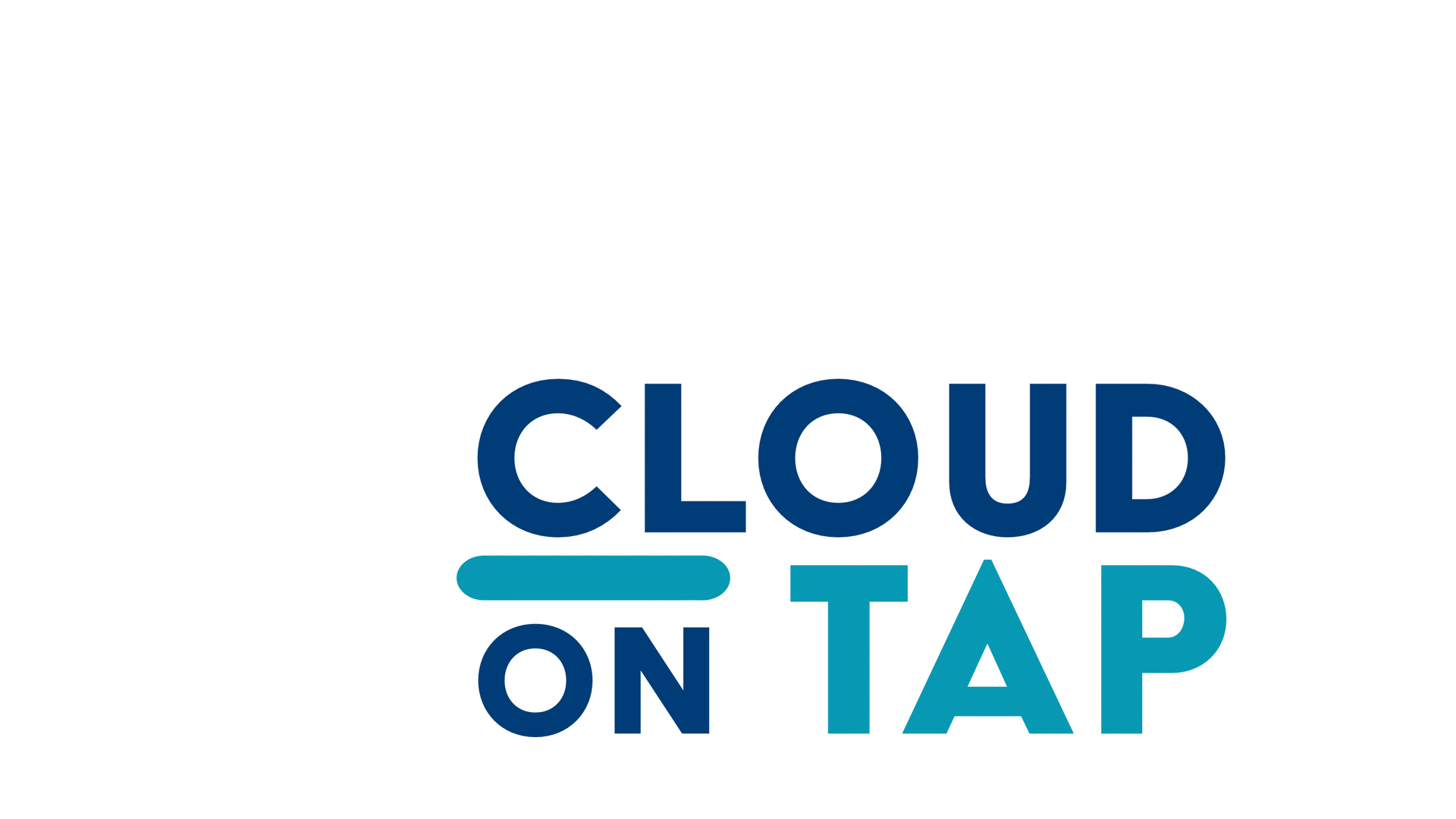Data Cloud 101
- Cloud on Tap

- Mar 14, 2024
- 3 min read
In today's digital age, data is the lifeblood of businesses, driving decision-making, customer engagement, and operational efficiency. Understanding your audience today is also a necessity. By doing this, your content will be engaging and valuable. It is all about the customer. Data Cloud, a powerful service provided by Salesforce, revolutionizes how companies manage and leverage their data. The platform offers a comprehensive suite of capabilities that enable organizations to ingest, harmonize, unify, analyze, and activate data across various applications and touchpoints.
Many companies today face problems when trying to harness the power of their data. The fragmented nature of their data makes this difficult. Having multiple software integrations and disparate data silos makes consolidating, analyzing, and getting meaningful insights from their data a challenge. The lack of centralized data management leads to inefficiency, inaccurate data, and missed business opportunities. These problems, as well as data hygiene and diversity, plague many companies today.
Enter Data Cloud. A game-changer for companies across all industries, Data Cloud offers a holistic approach to data modeling, ingestion, segmentation, and activation. By centralizing data within a unified platform, companies can streamline their data processes, gain actionable insights, and drive informed decision-making across all operations. Data Cloud leverages out-of-the-box connectors and partners with Mulesoft to allow seamless ingestion from many data sources. With the data ingested, businesses can do so much inside the platform. When Data Cloud is paired with platforms like Tableau or Marketing Cloud Intelligence, businesses can analyze data effectively and drive informed decision-making.
Let's list a few scenarios where Data Cloud enhances user interactions.
An insurance company leverages Data Cloud to assess risk and pricing for insurance policies. They integrate external data sources, such as weather patterns, demographic trends, and property values, to offer competitive premiums.
A telecommunications company integrates historical transaction data with real-time behavioral data using Data Cloud. They can present options for a new relevant purchase or upgrade at the right time by analyzing past transactions, upgrades, plan changes, and service activations.
An e-commerce site utilizes Data Cloud for its business to present tailored ads and offers to visitors on their site. While visiting their site, a user notices a recommendation to view a product they were viewing on the company's social media page. After seeing the relevant ad, they make the purchase.
As you can see, Data Cloud can be leveraged in many industries to deliver personalized experiences. Knowing your customer preferences, behaviors, and engagement across all your touchpoints can foster stronger customer relationships and drive business growth.

So, what is really happening inside the Data Cloud Platform? Let's go through each step.
As expressed earlier, Data Cloud boasts a robust ingestion process. Connect your data sources to the Salesforce data cloud with hundreds of connectors. Other added benefits include field row-level transformations and creating derived columns before ingesting your data. Once your data has been consumed, they will be visible in data streams. You can also view the data source objects in the data viewer.
Data modeling is the most essential part of setting up your Data Cloud. You will map your data streams to the Customer 360 Data Model during this process. The Customer 360 Data Model is Data Cloud's standard data model, which helps integration remain seamless and scalable. One way this works is by connecting your disparate data by linking DMOs through relationships. A DMO is a grouping of data created from your data streams and other sources. Even further, A Subject area encompasses several DMOs, thereby grouping similar objects based on business concepts, such as sales orders. Proper data mapping will benefit your business when setting up your platform.
Through advanced Data Modeling and Identity Resolution, you can create unified customer profiles. A unified customer profile is a holistic view of the customer. Through this, you can view all information on the customer from all your sources and how they relate. This is not to be considered as a golden record. One difference is that all source data and lineage are maintained and viewable inside a unified profile.
Finally, you're ready to analyze and act on your data. Let's list some of the tools Data Cloud has for use. Calculated insights allow you to derive meaningful and actionable information from your data. Some examples include finding spend by brand, Customer Lifetime Value, and Recency Frequency Monetary. Streaming Insights will allow you to calculate metrics on streaming real-time data to trigger those real-time experiences. Segmentation will let you segment unified profile data to prepare your data for Segment Activation. And finally, Data Actions enables you to activate using your streaming insights.
The platform's versatility and scalability make it incredibly useful for companies of all sizes, driving enhanced customer experiences and strategic decision-making. With Cloud on Tap, a licensed Salesforce Data Cloud partner, helping you on your Data Cloud journey, your business can unlock the full potential of their data.




